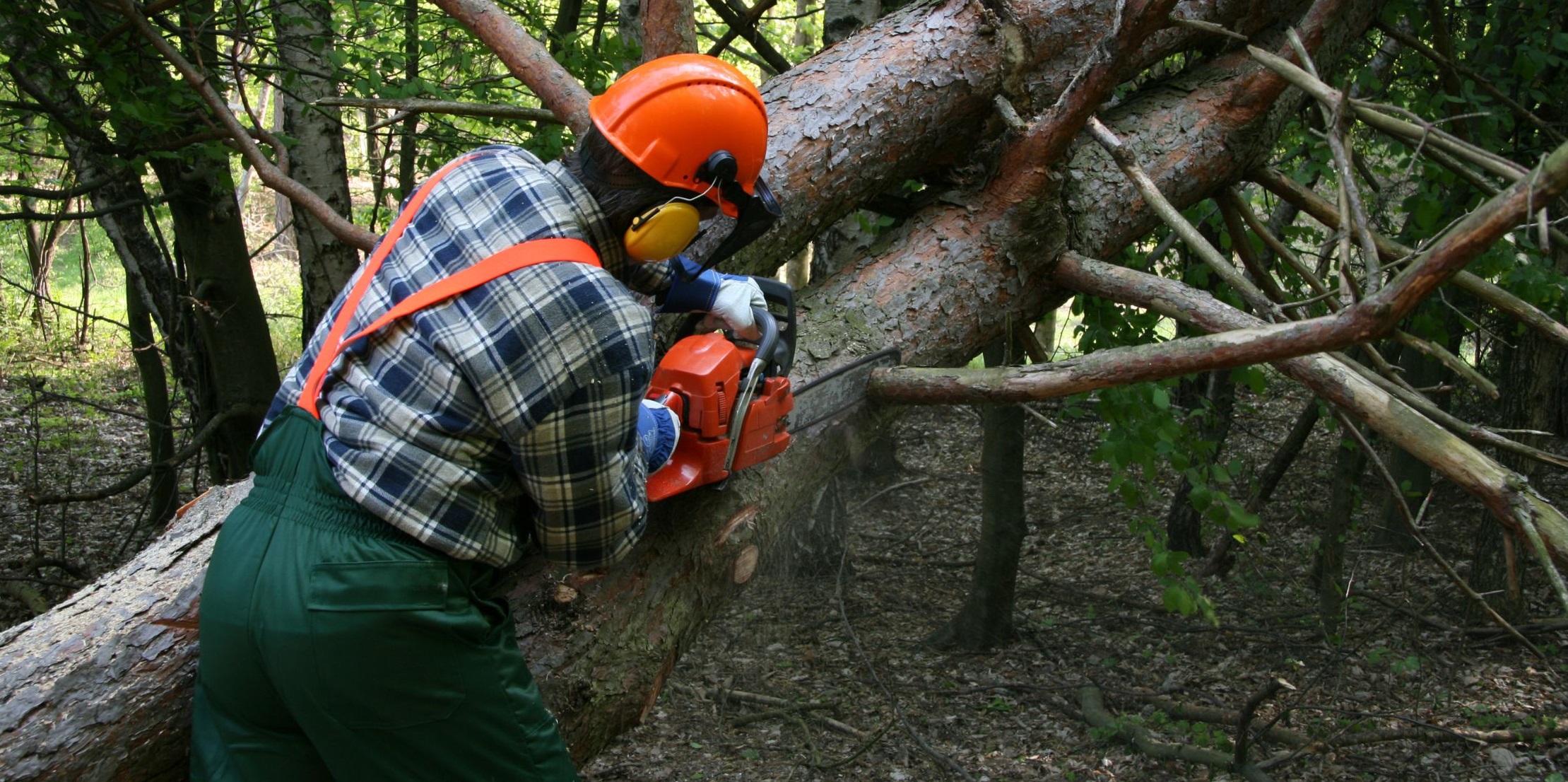Why is workwear and personal protective equipment required in forestry?
28th Aug 2024

The vital industry of forestry entails labouring in hazardous conditions and difficult settings. The security of those working in forestry is crucial, regardless of their work—logging, tree-felling, or forest management. A means of guaranteeing their welfare is the utilisation of suitable Personal Protective Equipment (PPE). We will examine the most important personal protective equipment (PPE) for forestry in this blog and discuss its importance for worker safety.
Hard Hat
One piece of PPE that is absolutely necessary for forestry workers is a hard hat. It offers defence against flying debris, low-lying branches, and blows from machinery or tools. Hard hats are often constructed from sturdy materials like high-density polyethylene or fibreglass, and they frequently include an internal suspension system for increased comfort and impact absorption.
Protection for the face and eyes
Working in forests exposes workers to dangerous chemicals, dust, wood chips, and flying debris. Employees should use safety goggles or glasses with side shields to protect their faces and eyes. A mesh visor or full-face shield can offer more protection in risky circumstances like using a chainsaw.
Protection for the hearing
Hearing impairment can result from prolonged exposure to noisy equipment such as chainsaws and heavy machinery. Earmuffs or earplugs are examples of hearing protection equipment that forest workers should wear to lower their risk of noise-induced hearing loss. Selecting hearing protectors with the right Noise Reduction Rating (NRR) for the particular noise levels present in the workplace is essential.
Chainsaw safety gear
Although chainsaws are an essential tool in forestry, improper handling can result in serious risks. Chainsaw-resistant gloves, durable boots with chainsaw protection, and chaps or trousers are examples of clothing designed to protect oneself from chainsaws. Chainsaw chaps are a crucial line of defence against unintentional contact because they are made to stop a rotating chainsaw chain.
Hand protection
Hand hazards for forestry workers include chemical exposure, cuts, abrasions, and punctures. Essential hand protection is provided by sturdy work gloves composed of materials resistant to cuts, like leather or Kevlar. It's important to select gloves that provide sufficient protection and allow for dexterity and grip.

 United Arab Emirates Dirham
United Arab Emirates Dirham
 Australian Dollar
Australian Dollar
 Canadian Dollar
Canadian Dollar
 Euro
Euro
 US Dollar
US Dollar
 FREE UK DELIVERY ON ALL ORDERS OVER £75
FREE UK DELIVERY ON ALL ORDERS OVER £75




